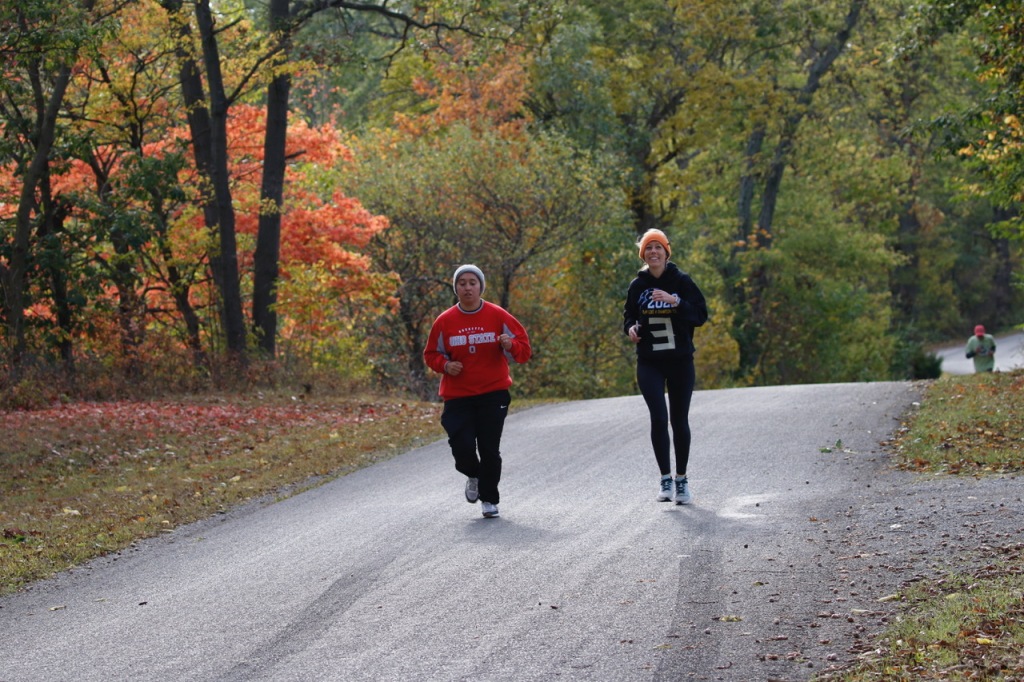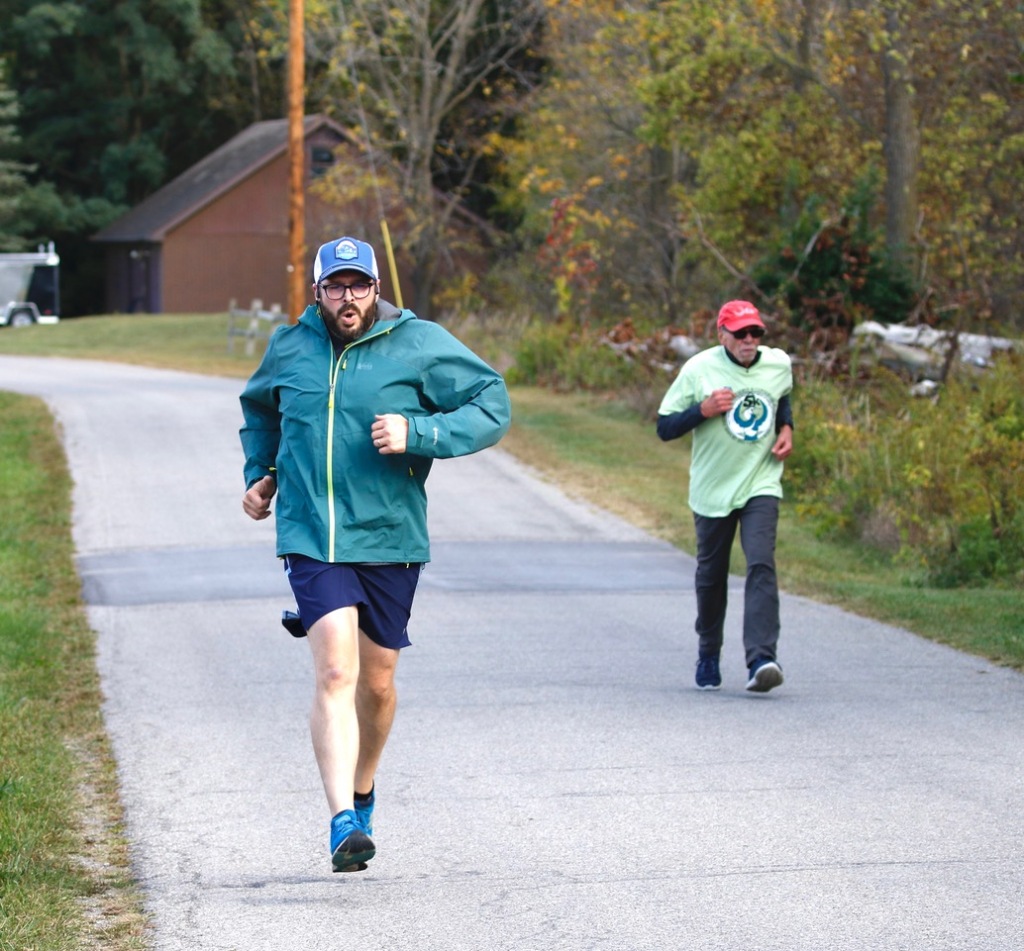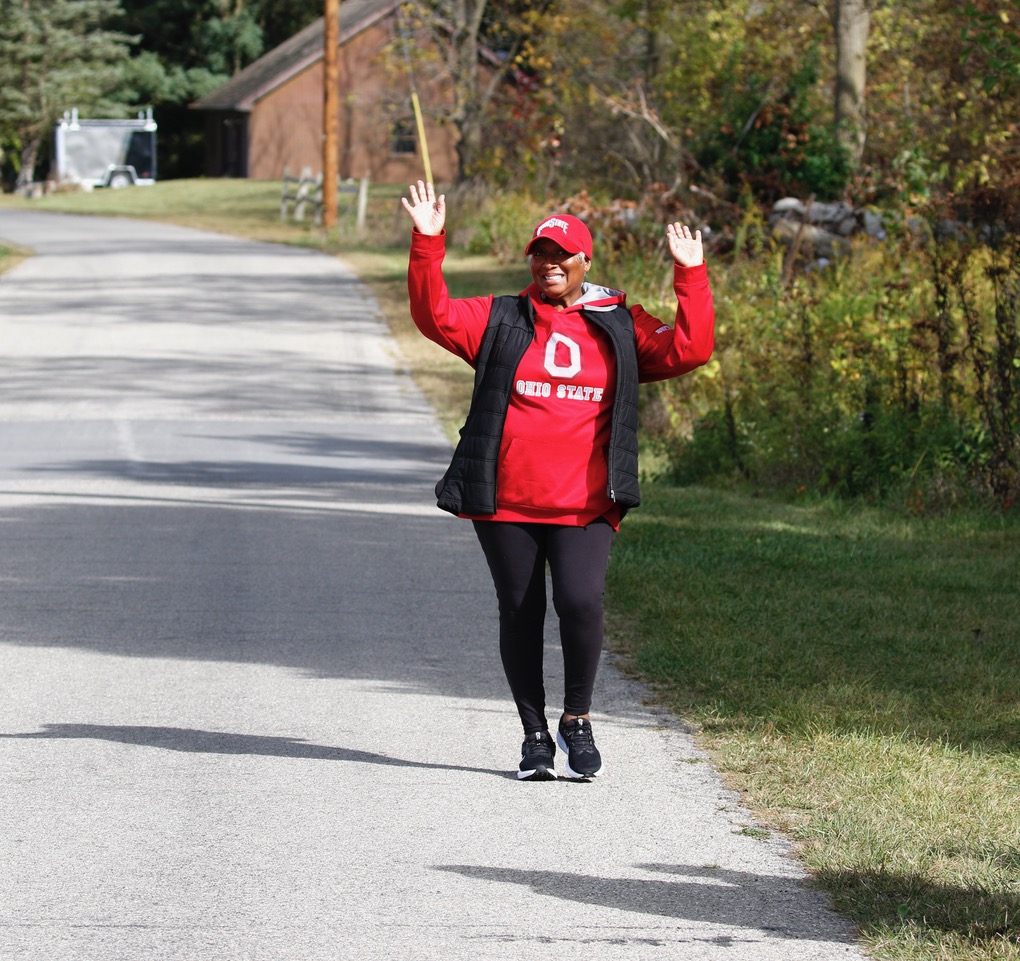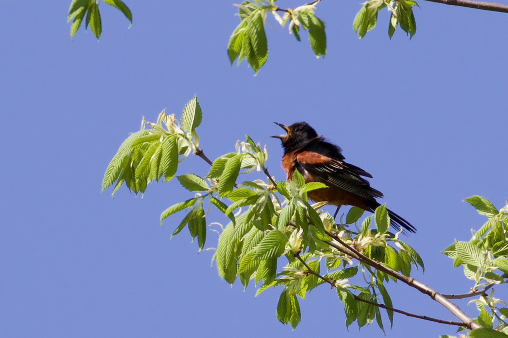When the morning window trees are coated with a light sugar frost;
when the clouds are thick enough to blend the early sun into a mass of white from horizon to horizon;
when the bird calls are muffled in the treeline below a fog so light that it’s as if someone lightly brushed the color from the top third of the tallest sycamore;
when the turkeys standing on the front porch, each with one eye peering through the halflight, have an icy dusting across their feathered backs;
there’s nothing for it but to take the camera for a run.
Six-foot mullein stands along the roadside, the downy green leaves and yellow flowers freeze-dried by winter just like their tame cousins in the cabin gardens behind. In spring, the stalks with melt away and new plants will grow to feed bees, butterflies and birds. You can find encapsulated mullein on drugstore shelves and in teas as a remedy for diseases of the lung, as an expectorant and for skin problems.
This mullein is rigid husk with a melting white cap. Red cardinals, rosy house and goldfinches will peck at them through the coldish months.
The woods beyond the cabin and the floodplain below are free of frost. The warm breath of the trees still keeps the colder air high. Slate-colored juncos blend in with the gray and brown tree trunks, but you can hear them cheer to one another above the old quarry. The quarry itself holds water again. It had been dry for five months, except for a spring pool in the southeast corner.
The little creek nearby is also full, bubbling and churning its way to Riley Creek a quarter of a mile away. There at its mouth, Cranberry Run, buffered on either side for the latter length of its flow by trees, grasses and wetland sponges, hits the sediment-laden Riley. Even with this week’s high water, the divide is prominent.
The flood was brief, here and gone. The mush is frozen and the flattened grass is crisp and crunchy with the frost and a layer of surface ice left suspended by receding river. Fresh fungi grow up and down the length of washed up log. It looks like fringe on a sleeve or some kind of elaborate hors d’oeuvres on a bed of straw noodles.
“Which of these things is not like the other?” The Sesame Street song comes to mind.
A five-gallon bucket has washed up in the floodplain, too, so I wade through the ice to collect the bottle. Beneath the frosted plates I find cans, bottles, and fruit snacks wrappers. Some of the bottles are big brown plastic specimens that I’ve seen quite a few of late, discarded at least twice a week along the roadside here.
Breakfast of champions.
By the time the bank intersects the historic Mallaham, a rare wrought iron arch truss bridge, the bucket is full. The human condition is one of waste and despair, I think, at least until I look up and see a bald eagle, returned in my lifetime; flip one of the bottles over and see the ‘recycle’ symbol.
Baby steps.
I pick up my bucket and run back home to sort paper, metal and plastic.
























































 In the cold shadows of the nature preserve, the colors are still blue, gray and purple. I cross the footbridge, going where a raccoon has recently come. Blue flag shoots and water grasses rise from wetlands, brilliant green contrasts to the white that coats the trees on the high bank and the land bridge between the old stone quarry and Cranberry Run. Thanks to Paul Nusbaum, the land bridge is clear of bush honeysuckle. This will provide a living lab for school groups to discover the differences between wetlands and running streams.
In the cold shadows of the nature preserve, the colors are still blue, gray and purple. I cross the footbridge, going where a raccoon has recently come. Blue flag shoots and water grasses rise from wetlands, brilliant green contrasts to the white that coats the trees on the high bank and the land bridge between the old stone quarry and Cranberry Run. Thanks to Paul Nusbaum, the land bridge is clear of bush honeysuckle. This will provide a living lab for school groups to discover the differences between wetlands and running streams.







 Steve is wrestling with Mister Bill in the cool of the evening. This has become the routine this week after the temperatures fell out of the upper 80s and into the 60s by dusk. Bill scampers up the ramp and down the steps to mock charge. Steve holds the giant goat’s horns–lightly so as not to challenge–and Bill tosses his head and off he goes again on his gangly giraffe legs.
Steve is wrestling with Mister Bill in the cool of the evening. This has become the routine this week after the temperatures fell out of the upper 80s and into the 60s by dusk. Bill scampers up the ramp and down the steps to mock charge. Steve holds the giant goat’s horns–lightly so as not to challenge–and Bill tosses his head and off he goes again on his gangly giraffe legs.

